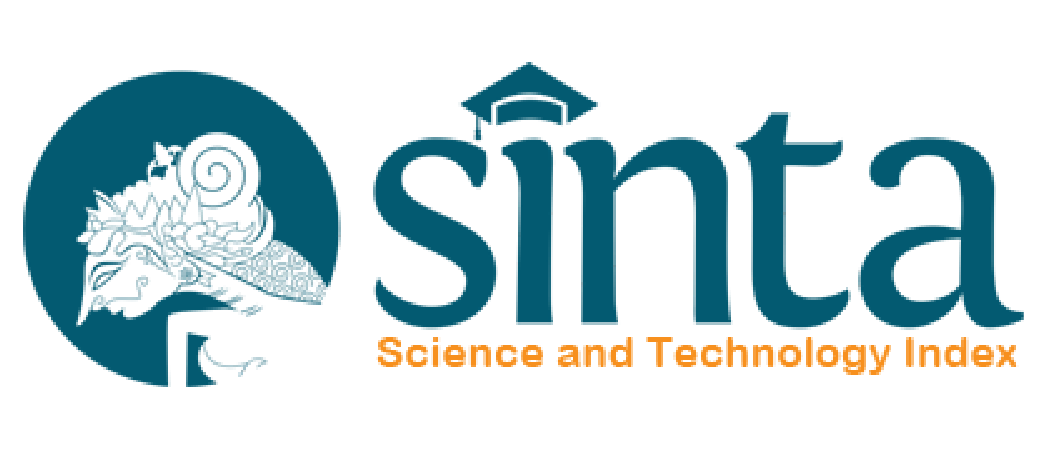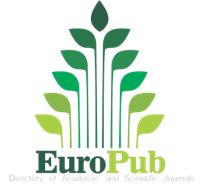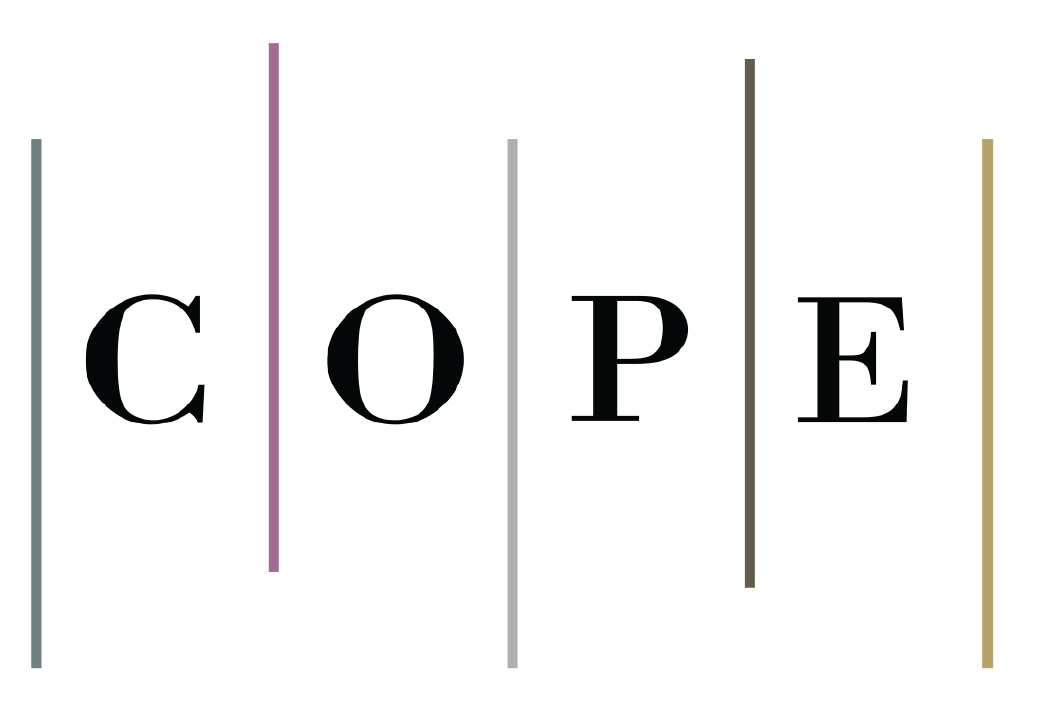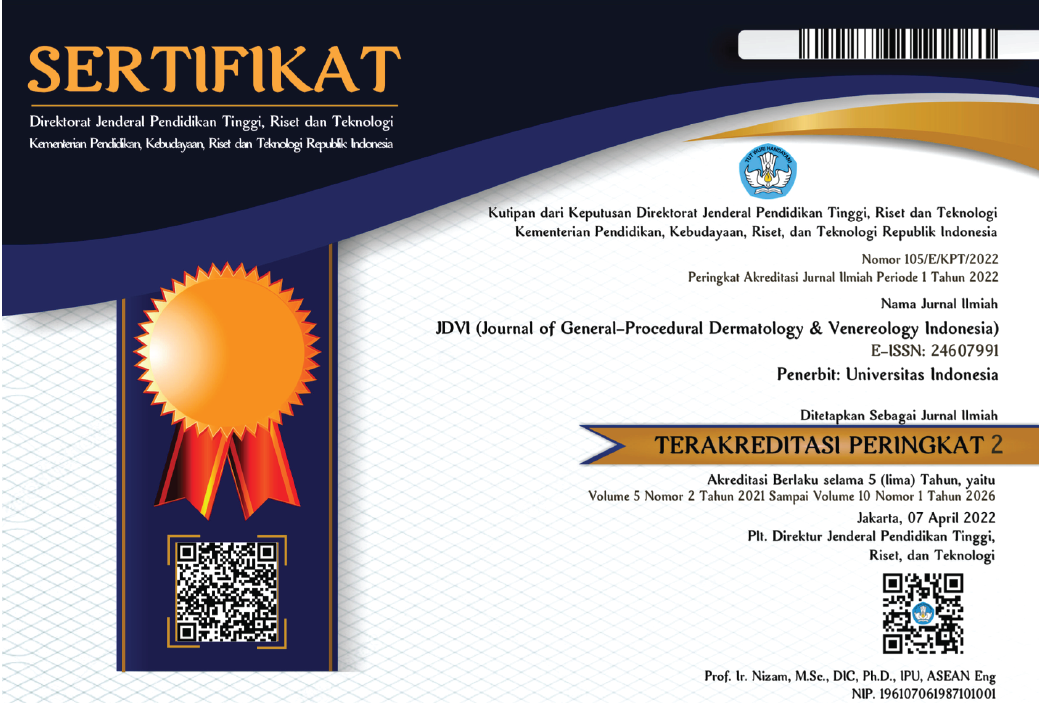Abstract
Background: Insulin resistance and high carbohydrate diets are currently considered to be influential in acne aetiology. Insulin is a hormone that does not only regulate the concentration of blood glucose but also affects the production of sebum and through the Insulin Growth Factor-1 (IGF-1) receptor stimulates androgen synthesis which will increase the proliferation of keratinocytes duct and the production of sebum in acne of the pilosebaceous.
Methods: This is a cross sectional observational analytic study involving 38 acne patients and 38 controls. This study aims to determine whether the increase in Homeostatic Model Assessment of Insulin Resistance (HOMA-IR) value is a risk factor for acne. HOMA-IR formula was used to determine insulin activity in basal state. High HOMA-IR values are expressed from cut-off point ≥2. Subject was recruited with consecutive sampling who meets inclusion and exclusion criteria. Fasting insulin and blood glucose levels was derived from venous blood examination.
Results: The average age of acne subjects was 23.71 years old in both groups (10 men and 28 women). The mean value of HOMA-IR in the acne group was higher (2.63 ± 0.29) than those in the control group (1.71 ± 0.26) and was statistically significant difference (p value <0.001). The prevalence ratio was 31.58, meaning that patients with high HOMA-IR were 31.6 times more likely to have acne than patients with normal HOMA- IR values. These results were statistically significant (p <0.001).
Conclusion: Elevated HOMA-IR is one of the factors which increase the risk of acne development in an individual.
Recommended Citation
Nurhadi, Stefani; Praharsini, IGAA; and Wiraguna, AAGP
(2018)
"Elevated homeostatic model assessment of insulin resistance level increases the risk of acne,"
Journal of General - Procedural Dermatology and Venereology Indonesia: Vol. 3:
Iss.
1, Article 4.
DOI: 10.19100/jdvi.v3i1.83
Available at:
https://scholarhub.ui.ac.id/jdvi/vol3/iss1/4
Included in
Dermatology Commons, Integumentary System Commons, Skin and Connective Tissue Diseases Commons






























